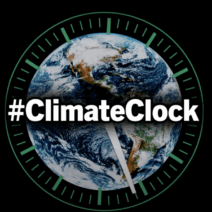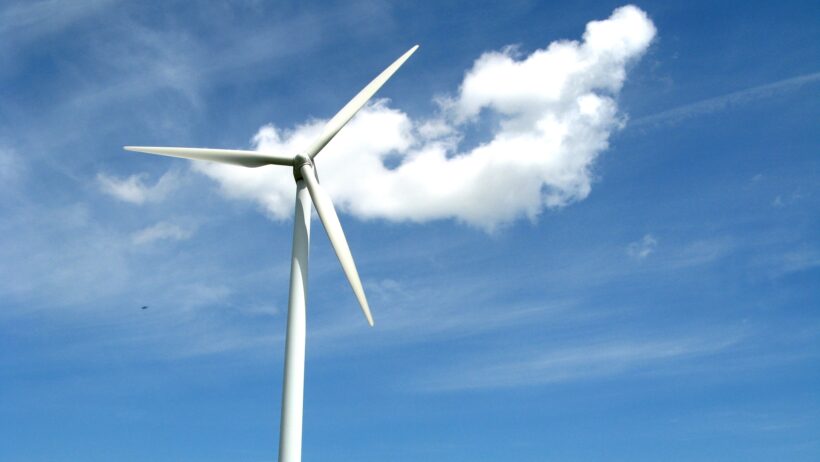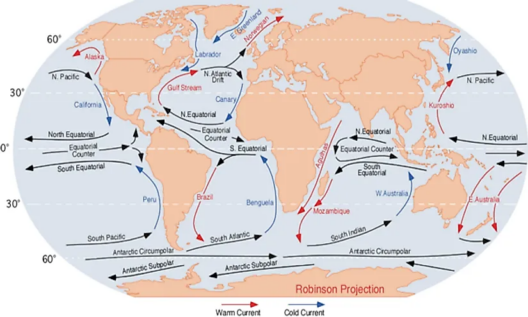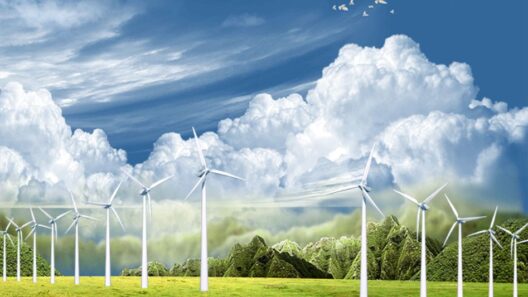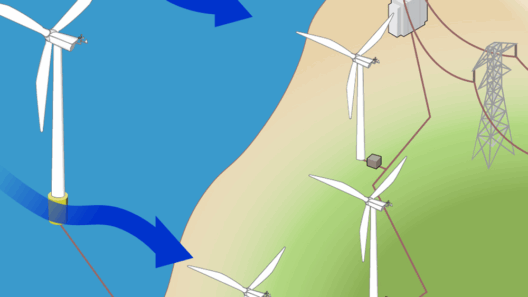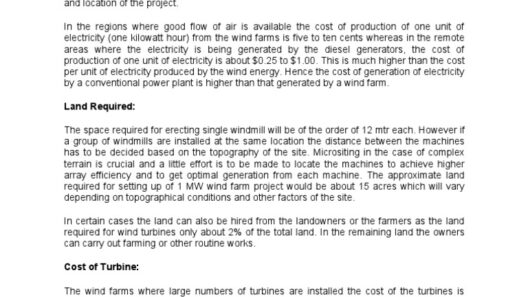Wind energy is rapidly gaining traction as a viable source of renewable power. With the urgent need to mitigate climate change and transition to sustainable energy sources, understanding how much energy wind turbines can produce is essential. This article delves into the operational dynamics of wind turbines, factors influencing their output, and the overall impact of wind energy on the global energy landscape.
Wind turbines convert kinetic energy from wind into mechanical energy, which can then be transformed into electrical energy. Their efficiency and output, however, depend on various factors, including wind speed, turbine design, and site location. Let’s explore these components to gain a comprehensive understanding of wind turbine performance.
Every wind turbine has a specific capacity, often measured in megawatts (MW), indicating the maximum amount of electricity it can produce under optimal conditions. Generally, today’s modern wind turbines can generate anywhere from 1.5 MW to 3.5 MW of electricity per unit, although some offshore models can reach capacities of up to 12 MW. The overall energy output of a wind farm is therefore contingent not only on the number of turbines installed but also on their individual capacities and the prevailing wind conditions at the site.
The energy production of wind turbines is heavily influenced by wind speed, which is considered the most significant factor affecting their performance. The wind speed must be within a specific range for a turbine to operate effectively. This range is known as the “cut-in speed,” typically around 3-5 meters per second (m/s). Below this threshold, the turbine cannot generate electricity. Conversely, if wind speeds exceed the “cut-out speed”—usually about 25 m/s—the turbines automatically shut down to prevent damage. The optimal wind speed for most turbines to reach maximum efficiency lies between 12 to 22 m/s.
One crucial aspect to consider when evaluating wind turbine output is the concept of “capacity factor.” This term refers to the actual output of a wind turbine over a period concerning its maximum potential output. On average, wind turbines operate at a capacity factor of around 30-50%, depending on the location, wind patterns, and technological advancements. For instance, offshore wind farms often achieve higher capacity factors due to stronger and more consistent winds compared to their onshore counterparts.
Site selection plays a pivotal role in determining wind turbine performance. Factors such as geographical features, proximity to urban centers, and existing infrastructure influence where wind farms can be effectively established. Areas with high average wind speeds, such as coastal regions, mountain ridges, and open plains, are ideal for wind energy generation. Additionally, local regulations and environmental considerations must also be taken into account, as constructing wind farms can impact local wildlife and ecosystems.
Advancements in technology are driving improvements in wind turbine efficiency and output. Modern turbines are designed with larger rotor diameters and taller towers, enabling them to harness wind energy at greater heights. Turbines equipped with sophisticated control systems can optimize their performance by adjusting blade pitch and rotor speed in real-time, which further enhances energy output and safety. Researchers continuously explore innovative designs, including those with vertical-axis configurations and enhanced materials that can withstand extreme conditions.
In the overarching context of the global energy landscape, wind energy is emerging as a formidable competitor to traditional fossil fuels. As of recent statistics, wind energy accounts for a significant share—approximately 9%—of the world’s electricity generation. Countries like Denmark, Germany, and Spain have made substantial investments in wind energy infrastructure, demonstrating impressive energy yields. As technology improves and economies of scale are achieved, wind energy is projected to become even more significant in reducing reliance on non-renewable energy sources.
Nevertheless, as with any energy source, there are challenges to be addressed. Intermittency remains a critical factor, as wind energy generation can fluctuate based on changing weather patterns. This variability necessitates the development of energy storage solutions and a diversified energy grid to ensure stability and reliability. Furthermore, local opposition to wind farm sites can arise due to concerns regarding aesthetics, noise, and impact on wildlife. Navigating these social and environmental challenges will be key to the sustainable growth of wind energy.
In conclusion, understanding how much energy wind turbines produce is multifaceted, involving an interplay of technology, environmental conditions, and site characteristics. With their capacity to generate clean, renewable energy, wind turbines stand at the forefront of the transition towards a more sustainable energy future. As technological innovations continue to emerge and the world’s demand for renewable energy increases, wind turbines will play a vital role in meeting energy needs while fostering environmental stewardship.


